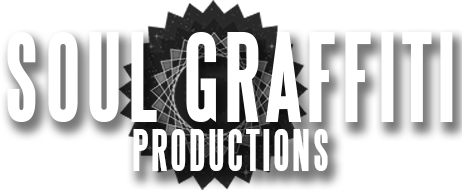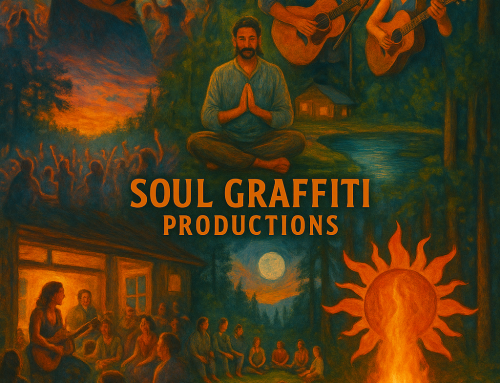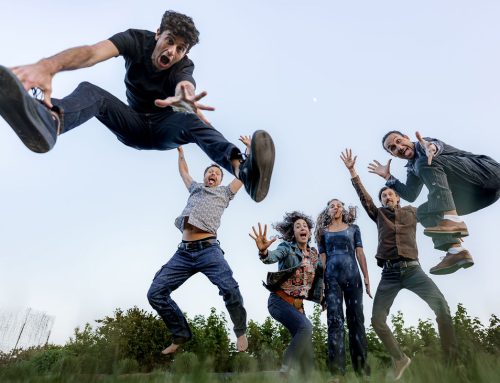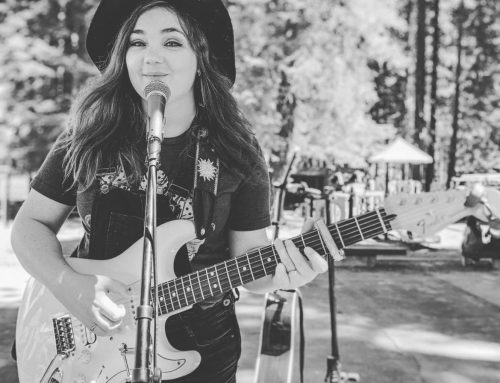For the 3rd year in a row, I travelled in winter to the tropical island of Oahu, the place where many of my family members live and where my father was born, in hopes to reconnect with family and invigorate my desire for adventure and environmental stewardship. The first year that inspired me was performing at the 2010 Hawaii Spirit Festival on the North Shore.
The island is rich with culture and history of a people that lived within the means of the islands natural habitat. Within the past 100 years, it has changed into a tourist meca of the world, drawing 5 million people yearly to the island. Many can argue that it is helping the island by creating economy, and many can argue that is is crowding the island and making a parking lot atmosphere of a paradise. I tend to lean to the latter of the two.
In the past 2 times going, Both were by Bicycle. We have mastered the disassembling of a yuba mundo bicycle into a bike box at the airport, then flying over with it, and assembly of the bike at the Honolulu Airport. We then rode the 8 miles home to Grandma Ancheta’s house in Waipahu. The first year we thought a Cargo Joe Extra Cycle that folded would allow us to bypass the $75 bike fee per trip, and make it easier, but we found that it still cost the same amount, as well as being more to assemble once we arrived. Our time of boxing and unboxing was about 20 to 30 minutes, very quick, faster then going to take a bus and rent a vehicle down the road.
If you are wondering about ebike’s an planes, and if it is legal to fly with a battery the size for your bike, here is some info for you. We have found that most regulations say you are not allowed anything bigger then a computer battery. This meant we decided, both times, to wrap our battery in a blanket, make sure that it was safely packed in the frame of the bike so that nothing could smash it, and boxed it with the bicycle. The overall weight of the box must stay below 100 lbs. The bike, battery, motor was only about 65 lbs, so we were able to throw our sleeping gear, tools (that can’t be carry-on anyway), and other miscellaneous items until we it was about 100 lbs. They didn’t even check it either time and took our word for it, but I imagine it would be smart to know the weight so that you are within 5 lbs of there limit and no complications or timely changes arise.
The entire trip was heavenly. Part of the beauty and realizations of possible ways to better the bike paths and islands alternative transportation throughways was inspiring. Most of the bike paths between Honolulu and around Pearl Harbor are used by the homeless encampments. Not too many people bike their commutes, as seen by the hours of traffic daily on the H1 Highway.
We ended up taking a bike trip around the entire island, scouting where safe routes and unsafe areas are for pedestrians and bicycle riders. Here is the account of the ‘around the island of Oahu’ trip by bike. The bikes used were: a Yuba Mundo ebike (Justin), and a mountain bike (morgan). I’m not sure what brand, but it did the trick.
We started our trip in Waipahu, HI and ended our trip in the same location, going clockwise around the island in 3 nights and 4 days. The first stop was Waipahu High school where we spoke of bikes and what they can do with pedal power, lighting and sound and the hopes of a BMF Hawaii in years to come.
 The first destination was the get to the north shore about 38 miles. We headed through Waipahu back roads to find the Highway 750 North Kunia Road. This road has single lane traffic in both directions with a small shoulder, sometimes none at all. Probably some of the most terrifying and dangerous parts of the entire trip was this portion, as well as dropping back into Haleiwa on Kaukonahua Road. A great downhill decent after the 7 mile climb earlier in the day on the H750. We arrived in town to see the ocean sunset, charge our battery, and met up with my cousin Kevin and his girlfriend Kristin, who happened to be up there on the same day. We then continued on the road for another 12 miles to Turtle Bay resort with our headlamps on. It was dark already and the shoulder of the road was small at times, but bigger then earlier in the day. Still much room for safety improvements.
The first destination was the get to the north shore about 38 miles. We headed through Waipahu back roads to find the Highway 750 North Kunia Road. This road has single lane traffic in both directions with a small shoulder, sometimes none at all. Probably some of the most terrifying and dangerous parts of the entire trip was this portion, as well as dropping back into Haleiwa on Kaukonahua Road. A great downhill decent after the 7 mile climb earlier in the day on the H750. We arrived in town to see the ocean sunset, charge our battery, and met up with my cousin Kevin and his girlfriend Kristin, who happened to be up there on the same day. We then continued on the road for another 12 miles to Turtle Bay resort with our headlamps on. It was dark already and the shoulder of the road was small at times, but bigger then earlier in the day. Still much room for safety improvements.
Once we got to Turtle Bay resort, I was able to charge up the battery and myself, thinking we’d continue to the campground in Laie. We ended up being called by a man and woman that saw us on the road 3 times while traveling and they were intrigued to what we were doing. Once we told them, they enthusiastically wanted to show us a secret camping spot very close to Turtle Bay resort. They proceeded to guide us down a path that led to our own beach front camping. Our first camping night on the island was amazing, waking up to a rainbow out over the water.
We continued down the coast to Sacred Falls. We had a hard time finding the entry to this fall, as it is a closed hiking trail due to unsafe-falling-rock-conditions. There is a lot of skepticism and local folklore tails of ghosts and scary stories of the area. I feel it has a sacred place that might has been disrespected by too many tourist coming through, allowing for rocks to come lose and fall on their heads. 8 People died 12 years ago, closing the park permanently. We took the risk and made the hike. It was one of the most spectacular areas I have ever seen. thousand foot live rock walls, sometimes jetting out over your head while closer to the waterfall. We purposely went on a weekday, as to avoid the guard that is said to be there on weekends, citing people and telling them to turn around.
We continued on to Kailua for our second night of rest. Before arriving there, my cousin Dwayne fed us and we got a great visit in with him and his 3 kids and wife, getting to hear Amanda, Dwayne’s oldest, play some amazing piano at the age of 7!
the East side of the island was a mix of large bike lanes separate from the road, to nothing at all at other moments. We ended up camping in the same exact spot of last year, on Kailua beach, always leaving no trace. One vision I had there over a year ago was camping trips set up so that in the morning the group spends 20 minutes going down the cost cleaning the area, leaving it not only with no trace, but better then they left it. Hoping this happens in years to come. I here San Francisco is already doing this, great news.
On our third biking day, we rounding the bottom of the south side of the island and made it to Haunama Bay for some snorkeling. I did stop at Sandy Beach for a swim as well, but I won’t suggest that for all. The snorkeling was a great experience, as in past years I saw the devastation of tourist on the natural habitat. It seemed that they have more educational aspects down there, and the diversity of fish life seems to be doing great. The choral reef seems to be doing better then in past years, but you can still see the affects of mass-tourism in the water and reef.
My cousin Kevin, who was staying in Waikiki at that time, met up with us and took us to China Wall, a surfing spot where you must jump off a 15 foot cliff into the water to get in, and getting back out is tough, climbing up onto a higher shelf rock right when the swell lifts you high enough to grab the right ledge.
That night was the tourist-Waikiki night, spending time eating, drinking, and enjoying the white sandy beaches. Many who go to Waikiki don’t even realize that all the beaches there are man-made. The area used to be more swamp-like, mostly areas of farmland and jungle that the natives would gather food from. 95% of all food is brought in by boat to the island, making it highly unsustainable without fossil fuel consumption.
After a night of drinking and almost-drunken debauchery, we decided to ‘sky-dive’ on the north shore. For the most part I felt great during the entire experience, but once I got in the car for the ride home, I was laid out feeling hung over of some sort. Finally on the last stretch of the bike trip passing through honolulu by the airport, I puked out whatever was making me feel nauseous and was able to continue the rest of the trip home to Waipahu. The trip was about 130 miles in all in 4 days, averaging about 30 miles a day. I’d say that out of all the bike trail areas around the island, that about half are ‘unsafe’ and 25% safe, leaving 25% for you to decide. This is a lot of room for potential bicycle growth and improvement of paths, designated bike lanes, and other safety improvements that would lead more people to the idea that they can get on their bike in the best climate in the world, and ride to work, school, or nature.
This trip around the island was 3 days after running the Honolulu Marathon, making it extra tiring on our bodies. It seemed to work as a good recovery in some ways as well though.
I hope this story inspires more bicycle riding on the Islands of Hawaii, as well as ways to make it safe to have alternative transportation methods instead of gas guzzlers in paradise. There is so much room to grow! It is a good time to be alive and realize the potential of downsizing and waste reduction.
To a brighter and better future for us all.
Justin Ancheta
More pictures can be seen on my facebook page HERE











Leave A Comment